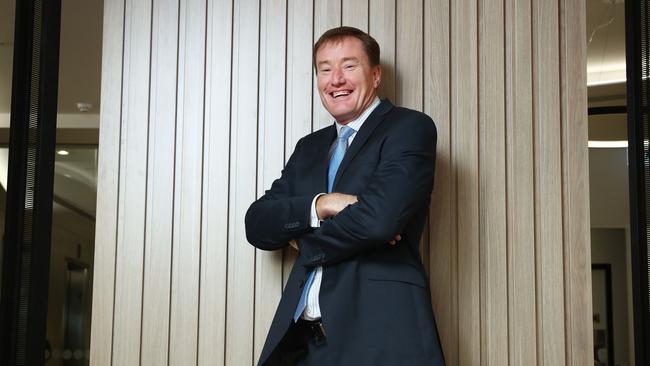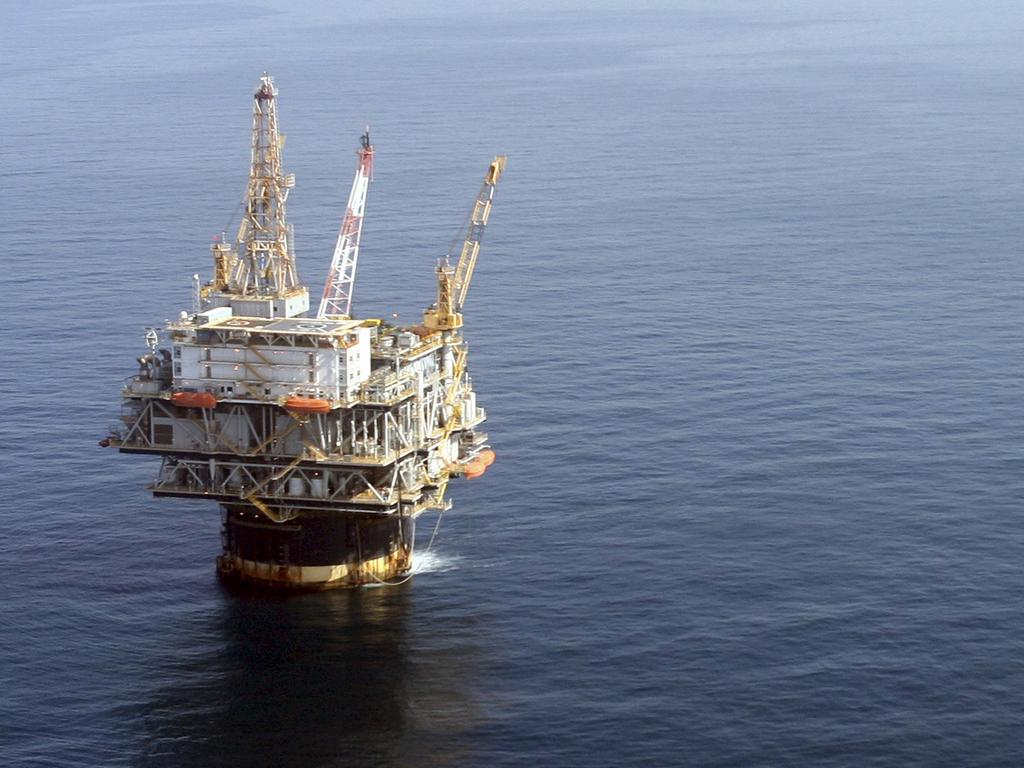APA plugs into Qld green hydrogen project
APA joins Stanwell and a host of Japanese companies in a Queensland green hydrogen project.

Gas pipeline giant APA Group has joined Australian and Japanese partners in a plan to create Queensland’s biggest green hydrogen project in Gladstone.
APA joins Stanwell and Japanese companies Iwatani Corporation, Kawasaki Heavy Industries, Kansai Electric Power Company and Marubeni with a feasibility study to consider the export of green hydrogen to Japan by 2026 while also supplying large industrial customers in central Queensland.
The facility would eventually increase to over 3000 megawatts of electrolysis capacity by the early 2030s, according to APA, and would help the company meet net zero emission targets set for 2050.
“Queensland has some of the best sun and wind resources in Australia, making it well placed to not only develop an export hydrogen supply chain, but demonstrate the benefits of unlocking renewable hydrogen in our regions,” APA chief executive Rob Wheals said.
Green hydrogen taps renewable energy sources to split hydrogen from water which can then be transported as ammonia both within Australia and overseas.
Australia is pinning its hopes on a slew of hydrogen hubs — backed by some of the nation’s biggest renewable investors — as part of a technology-led solution to reach net-zero emissions, without yet providing a timeline for reaching that goal.
Australia is targeting becoming a global hydrogen player by 2030 and a top-three exporter of the fuel to the Asian markets.
Separately, Strike Energy also signed a deal to supply green hydrogen for its $2.3bn fertiliser plant in Western Australia’s Geraldton.
The oil and gas junior — whose high powered board includes ex-Fortescue Metals Group boss Nev Power and Future Fund and former Crown Resorts director John Poynton — will collaborate with Atco and Infinite Blue Energy on the tie-up.
It aims to initially produce 1825 tonnes a year of green hydrogen, sourced from renewable energy, or 2 per cent of the plant’s feedstock and will eventually target 40 per cent of capacity from green hydrogen.
The 1.4m tonne urea facility, called Project Haber, also includes the construction of a 10MW hydrogen plant with gross fertiliser revenues estimated between $540m-$700m a year based on current urea prices after production starts in late 2023.
Gas, which accounts for about 60-70 per cent of the cost base for producing urea, will be supplied from Strike’s Greater Erregulla development in the Perth Basin.






To join the conversation, please log in. Don't have an account? Register
Join the conversation, you are commenting as Logout